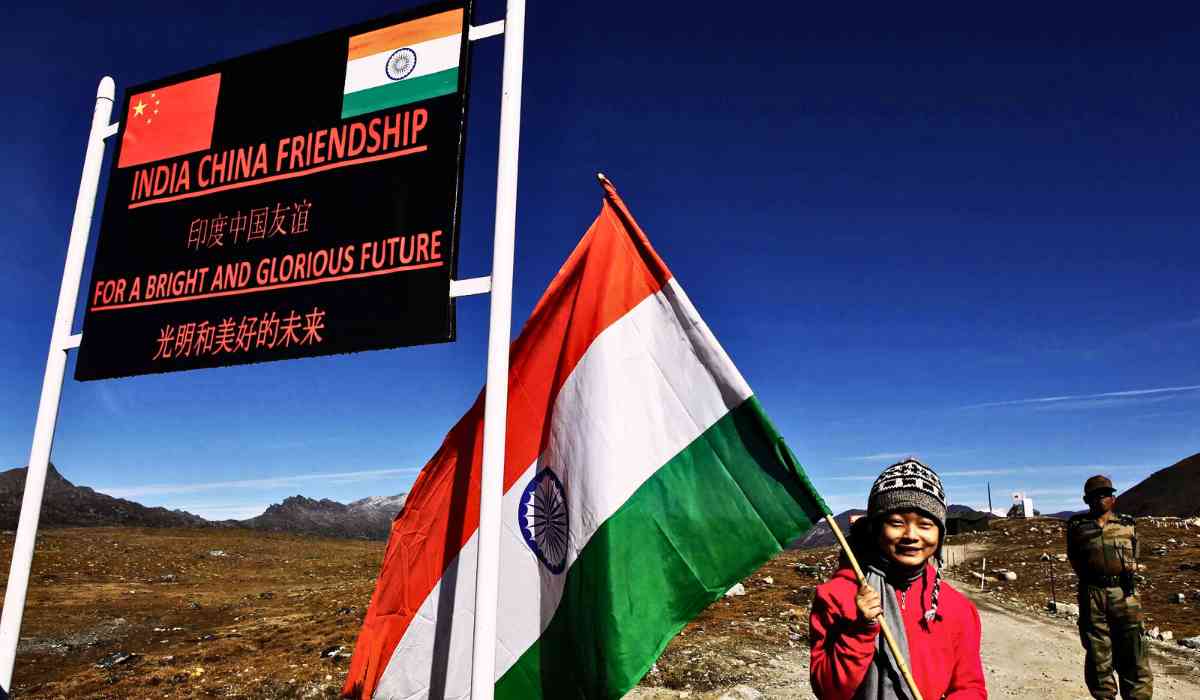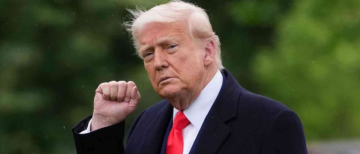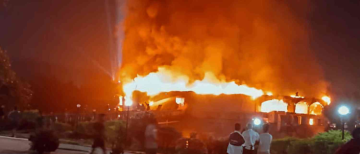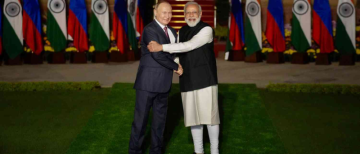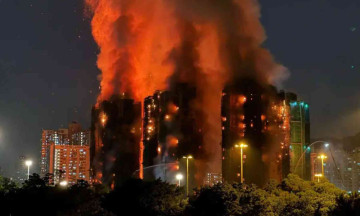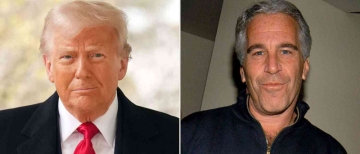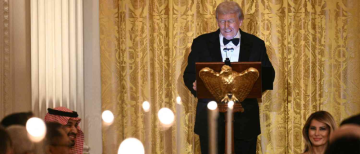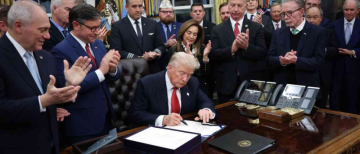India and China, Asia’s two largest countries, are slowly trying to restore friendly diplomatic relations after a period of tense discord. Both sides are making cautious moves toward rebuilding trust—but they are doing so while facing deep-rooted doubts and strategic pressures.
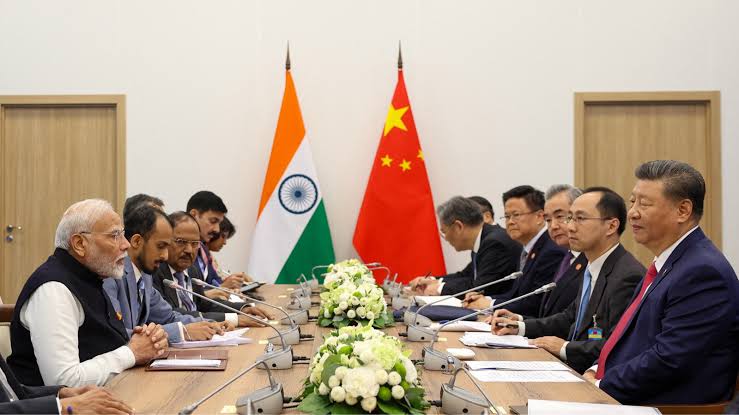
What’s Changing
In October 2024, India and China agreed to a patrol arrangement near the Line of Actual Control (LAC), their disputed border. Both countries pulled back troops from parts of the Depsang Plains and Demchok sectors, restoring the military status quo from before the 2020 Galwan clash. Then in January 2025, direct flights resumed after nearly five years, and pilgrimages to key Tibetan religious sites like Kailash-Mansarovar were restored.
High-level diplomatic visits also resumed. India’s Defence Minister Rajnath Singh and National Security Advisor Ajit Doval made trips to China, with Singh urging a “permanent solution” to the border dispute and calling for a clear, step-by-step roadmap that includes completing disengagement and formal border delimitation.
Why It Matters
-
Avoiding Conflict: The 2020 Galwan clash, which caused several fatalities, highlighted how quickly border skirmishes can escalate. Both countries aim to manage future tensions to prevent similar incidents.
-
Economic Interdependence: China is India’s largest trading partner, but dependence on it also raises worries. Beijing has used exports like rare earths, fertilizer, and tunnel-boring machines as diplomatic leverage. Meanwhile, India is seeking trade deals with the United States to lessen its reliance and add balance .
-
Security Strategy: India is increasingly worried about a “China–Pakistan–Bangladesh axis,” which could shift regional power dynamics. General Anil Chauhan, India’s Chief of Defence Staff, has emphasized bolstering military readiness and focusing on maritime strength in the Indian Ocean.
Why Trust Is Still Fragile
Even as talks continue, deep mistrust runs strong:
-
Never-forgotten History: The brief 1962 war, ongoing border disputes in areas like Galwan and Doklam, and the unresolved LAC line have kept suspicion alive .
-
Tibet Saga: China's control over Tibet and disputes over the next Dalai Lama create sensitive diplomatic landmines. China has warned India not to interfere, and India’s Buddhist leaders have spoken up in support of Tibetan autonomy, which Beijing strongly rejects.
-
Asymmetrical Power: China’s stronger economy and tech edge give it leverage, while India remains cautious about tilting its strategic autonomy in favor of either China or the West.
What Experts Suggest
Analysts say the current thaw is an opportunity—but lasting peace depends on concrete steps:
-
Complete Border Management: Troop withdrawal, clear border maps, and formal agreements must follow the 2024 patrolling deal .
-
Economic Redress: India should diversify its supply chains—creating trade safety nets with the U.S. and other partners to reduce dependence on China..
-
Strategic Balance: New Delhi must navigate carefully—managing ties with both China and the U.S. to avoid over-reliance on either.
-
Public Confidence: With many Indians seeing China as a threat, especially among youth groups, policies must be backed by transparent dialogue and public consensus.
This effort to “reset” ties between India and China isn’t a fast track to friendship. It's more like carefully stepping across a fragile bridge. Each side is taking measured actions—talks, limited withdrawals, and bolstered diplomacy—while guarding its strategic interests.
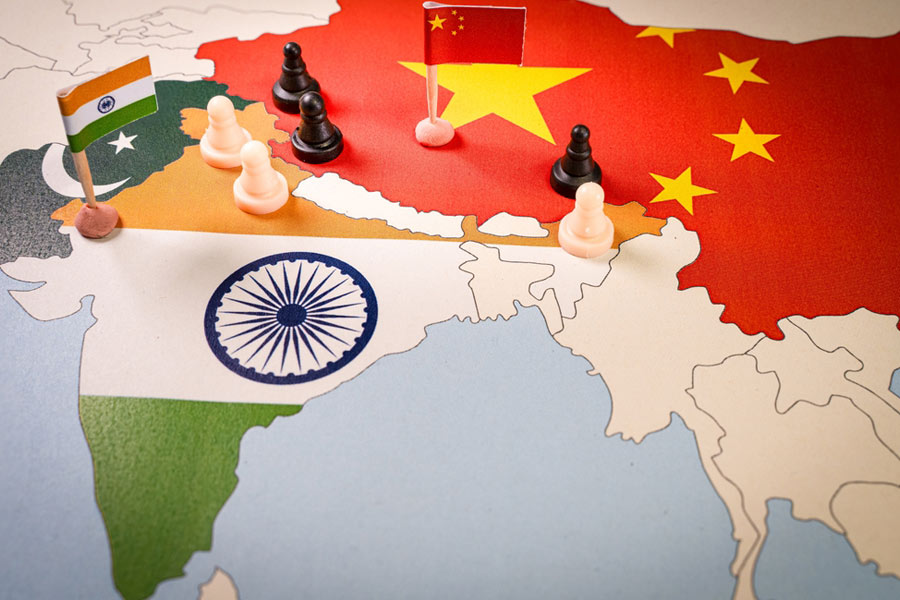
For India, it means maintaining defense vigilance, expanding trade alliances, and balancing China’s influence with ties to Western countries. For China, it’s about protecting its territorial claims, preserving Tibet as a core interest, and ensuring that economic or political incentives don’t erode its standing.
In simple terms, both countries are trying to turn a new page—but the book of their relationship still bears old chapters of rivalry and suspicion. As long as no major incidents occur and both sides follow through on their plans, this process could reduce the risk of future escalation. However, whether it leads to real peace—or just a peaceful pause—will be revealed in the coming months.
With inputs from agencies
Image Source: Multiple agencies
© Copyright 2025. All Rights Reserved Powered by Vygr Media.

